Kitchen Cabinet Ideas: Transform Your Kitchen Design with Smart Storage Solutions
Table of Contents
The kitchen is the heart of every home, and choosing the right kitchen cabinet ideas can transform your space from ordinary to extraordinary. Whether you’re planning a complete renovation or looking for affordable updates, the right cabinet design is key to both the functionality and aesthetic appeal of your kitchen.
Your kitchen cabinets occupy approximately 40% of your kitchen’s visual space, making them one of the most impactful design elements in your home. From sleek, contemporary designs to timeless, traditional designs, the possibilities are endless when it comes to creating a space that reflects your personality while maximizing storage efficiency.
Understanding Popular Kitchen Designs and Cabinet Arrangements
The Approach to Corridor Kitchen Cabinets
Corridor kitchens maximize efficiency by strategically placing cabinets along two parallel walls. This design is ideal for tight spaces, as the upper and lower cabinet sets provide ample storage without overwhelming the space. Consider installing floor-to-ceiling cabinets to maximize vertical storage space, and incorporate pull-out drawers into lower cabinets for easy access to cooking utensils and pantry items.
L-Shaped Kitchen Cabinet Designs
L-shaped designs offer versatility in cabinet layout, allowing for creative corner solutions. Lazy Susan shelving, corner drawers, or magic corner systems can transform hard-to-reach spaces into functional storage areas. This design naturally creates distinct areas for cooking, cleaning, and food preparation while maintaining a sense of spaciousness.
Expanding U-Shaped Cabinets
U-shaped kitchens offer the best cabinet storage solutions, with three walls of potential storage space. The key is to balance upper and lower cabinets to avoid a closed-in feeling. Consider using glass-fronted upper cabinets or open shelving on one wall to maintain visual light while providing ample storage space.
Combining Kitchen Island Cabinets
Combined kitchen islands serve two functions: storage solutions and social hubs. Island cabinets accommodate everything from small appliances to wine cabinets, while providing extra space for meal prep and relaxed dining.
Smart Storage and Organization Solutions
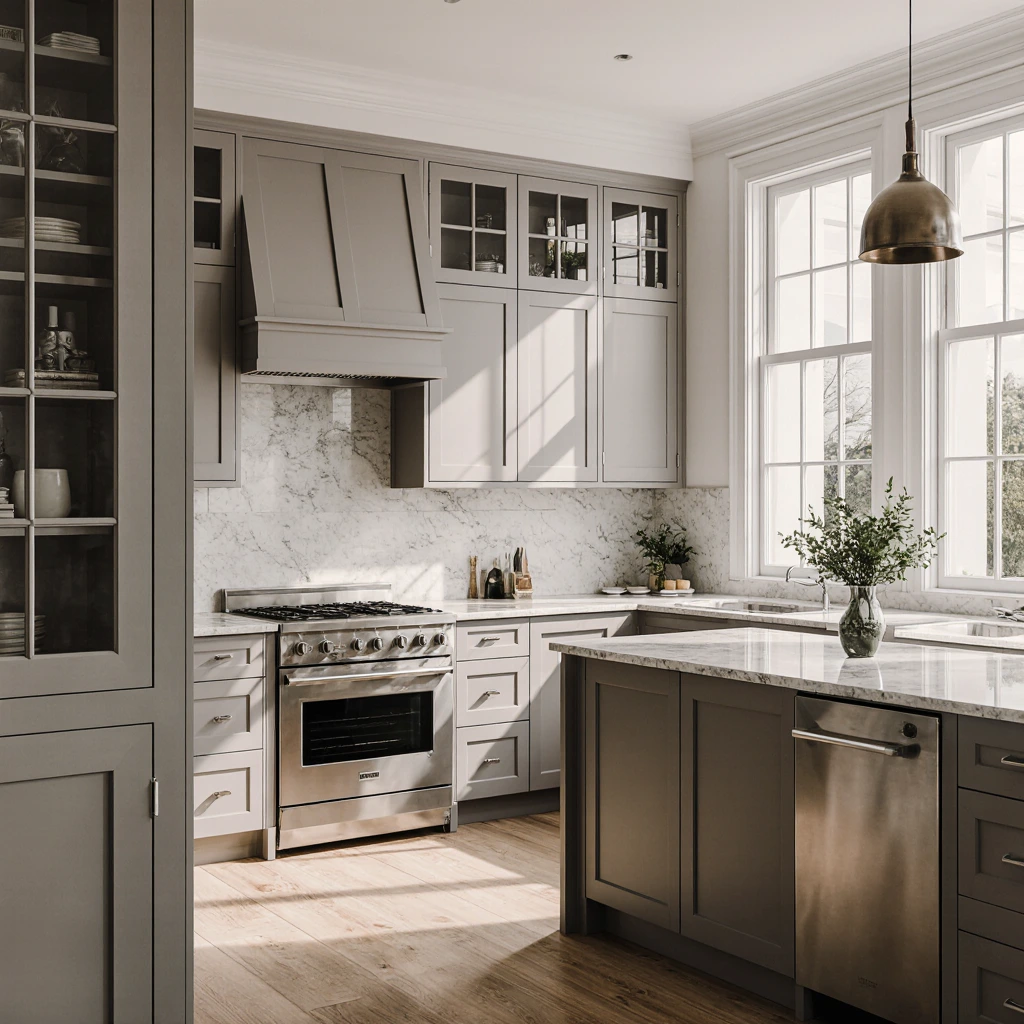
Making the Most of Your Interior Cabinet Space
Modern kitchen cabinet ideas place a strong emphasis on interior organization systems that maximize storage capacity. Here are some innovative solutions:
Pull-out Drawer Systems: Replace traditional shelving with fully extendable drawers that allow easy access to items stored in back corners. These systems are ideal for pots, pans, and small appliances.
Vertical Dividers: Install adjustable dividers in cabinets to store baking trays, cutting boards, and serving platters vertically, similar to a filing cabinet.
Over-the-Door Storage: Utilize the inside of cabinet doors with spice racks, cleaning tool holders, or wastebasket systems to make the most of every inch of available space.
Pantry Innovations
Custom pantries have evolved beyond simple shelving. Modern pantry solutions include pull-out baskets, adjustable shelving systems, and even motorized rolling shelves that move items from back to front with the touch of a button.
Large Pantry Cabinets: For larger kitchens, floor-to-ceiling pantries with built-in lighting create a miniature pantry experience without the need for a separate room.
Long Pull-Out Pantry Cabinets: These narrow, full-height cabinets fit into spaces as small as 15 cm wide and offer ample storage for canned goods, spices, and dry ingredients.
Color Schemes and Cabinet Finish Ideas
Timeless White Cabinet Designs
White kitchen cabinets remain the most popular choice, accounting for nearly 35% of all kitchen renovations, according to the latest industry data. The versatility of white allows for endless customization with appliance, countertop, and backsplash options.
Warm White vs. Cool White: Understanding basic color tones is crucial when choosing white cabinets. Warm white with cream or yellow undertones creates a warm, traditional feel, while cool white with blue or gray undertones works well in modern and transitional designs.
Bold Cabinet Color Trends
Colorful cabinets are growing in popularity, with dark blue, forest green, and charcoal gray leading the way. Two-tone cabinet designs, with one color for the lower cabinets and another for the upper cabinets, create an attractive aesthetic while maintaining sophistication.
Dark Blue Cabinets: This rich, elegant color pairs beautifully with brass or gold hardware and natural wood accents, creating a luxurious yet attractive aesthetic.
Sage Green Cabinets: Perfect for incorporating a touch of nature into your home, these cabinets blend beautifully with natural stone countertops and create a calming, spa-like atmosphere.
Natural Wood Cabinet Finishes
Wood-colored cabinets are experiencing a resurgence as homeowners embrace the warmth and character of natural grain patterns. Popular woods include oak, maple, cherry, and walnut, each with unique grain characteristics and color variations.
Backsplash Ideas to Complement Your Cabinet Choices
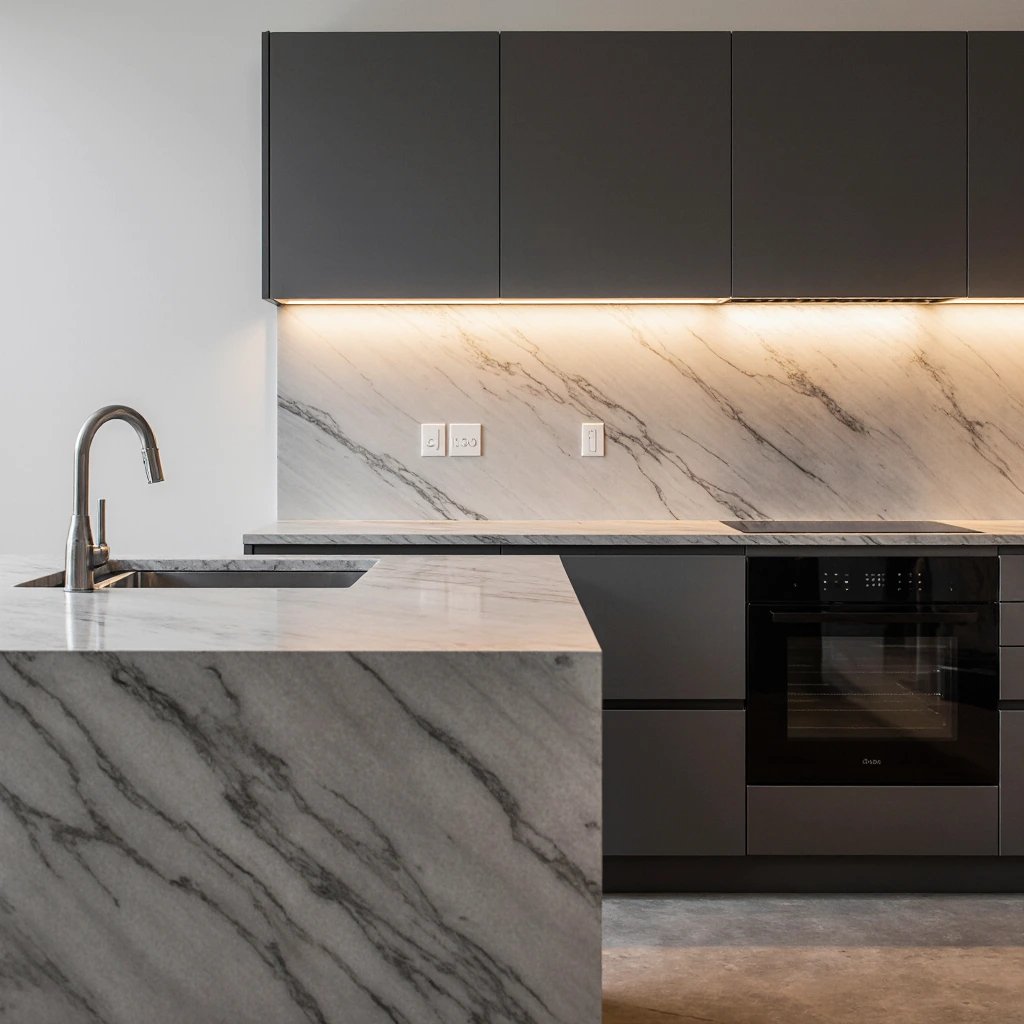
The relationship between your kitchen cabinetry ideas and backsplash choices is crucial to creating a cohesive design. The backsplash should enhance your cabinet selection while maintaining its own character.
Subway Tile Variations
Classic subway tiles work with almost any cabinet style, but consider variations like beveled edges, colored grout, or vertical mount patterns to add a modern touch to traditional cabinetry.
Natural Stone Backsplashes
Marble, travertine, and granite backsplashes add a touch of luxury and complement both painted and wood cabinets. The natural variations in stone add visual interest without compromising the cabinetry’s details.
Bold Patterned Backsplashes
Geometric or patterned backsplashes create a focal point in the kitchen when paired with simple, solid-color cabinets. This is especially useful when you want to add a personal touch without overwhelming the space.
Lighting Solutions to Enhance Cabinet Functionality
Proper lighting transforms kitchen cabinetry ideas from purely functional to stunning design. Distribute different types of lighting to create task-focused and ambient lighting.
Under-Cabinet Lighting
LED strip lights or puck lights installed under upper cabinets remove shadows from countertops and highlight the beauty of backsplash materials. This lighting also makes food preparation safer and more enjoyable.
Interior Cabinet Lighting
Motion-activated LED lights inside deep cabinets or pantries make finding items easier. These battery-powered solutions require no electrical work and can be easily installed during or after cabinet installation.
Display Cabinet Lighting
Glass-fronted cabinets benefit from interior lighting that highlights dishes, glassware, and decorative pieces. Adjustable LED strips allow you to highlight specific shelves or create distinctive overhead lighting effects.
Affordable Kitchen Cabinet Update Strategies
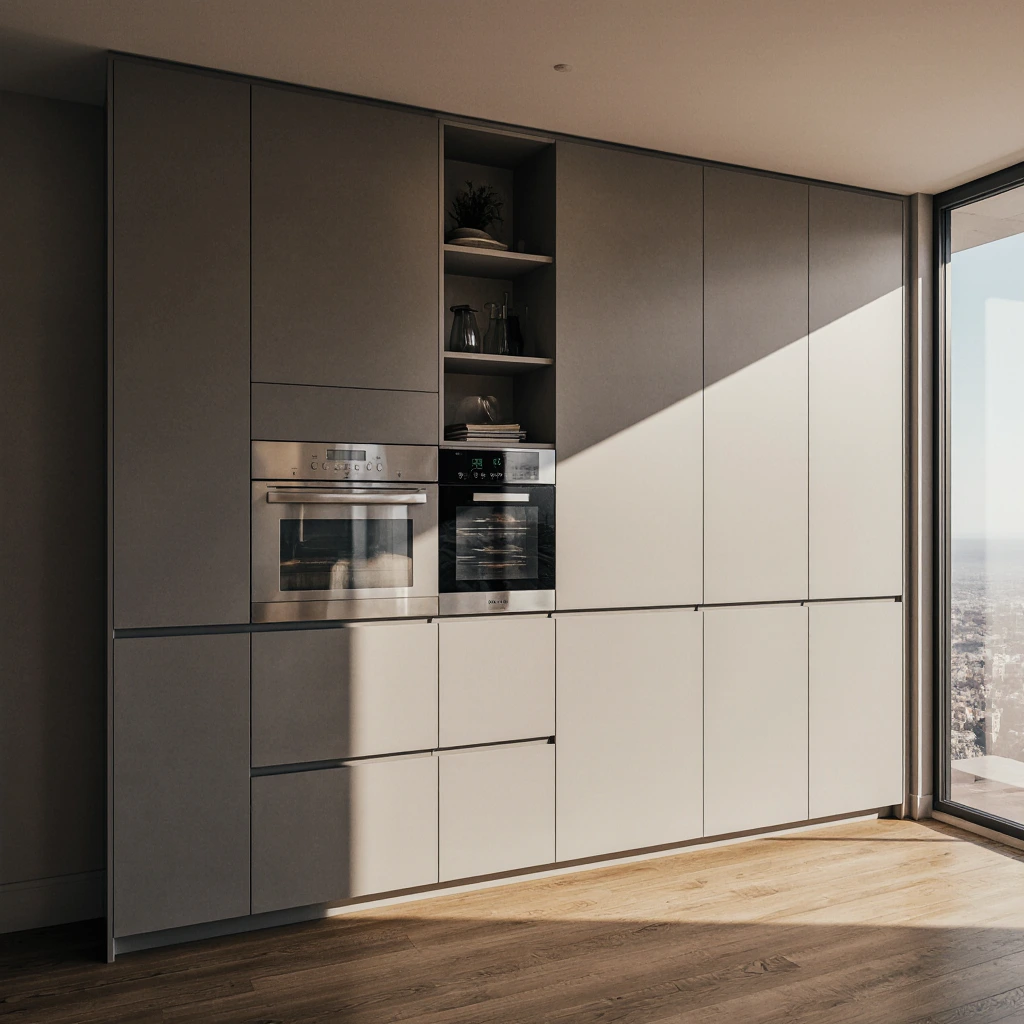
Cabinet Renovation vs. Replacement
Cabinet renovating costs approximately 30-50% less than a full replacement, with stunning results. This process involves replacing cabinet doors and drawer fronts while retaining existing cabinet boxes, making it an excellent option for cabinets with a sturdy structure.
Hardware Updates
Replacing cabinet hardware is one of the most cost-effective ways to update your kitchen. Modern knobs and handles can transform the look of traditional cabinets, while vintage-inspired hardware adds a touch of class to plain cabinet doors.
Popular Hardware Trends: Matte black, brushed gold, and mixed metals are all hot right now. Consider oversized knobs for a modern look, or vintage-inspired latches for a charming, traditional look.
Paint Transformations
Professional cabinet painting can completely transform your kitchen at a low cost. Proper preparation and a high-quality paint designed for cabinets ensure long-lasting results.
Common Kitchen Cabinet Design Mistakes to Avoid
Inadequate Storage Planning
One of the biggest mistakes in kitchen cabinet design is not planning for specific storage needs. When selecting cabinet layouts, consider your cooking habits, the size of your family, and how often you host guests.
Avoid the following storage mistakes:
- Not having deep enough drawers for pots and pans
- Neglecting to store small appliances
- Not adequately organizing spices and seasonings
- Inadequate waste management and recycling solutions
Ignore Traffic Flow
Cabinet layout should enhance workflow in the kitchen, not hinder it. Ensure adequate space between cabinet fronts and islands, and place frequently used appliances in easy-to-reach locations.
Inconsistent Proportions
Cabinet proportions should complement the size of your kitchen. Oversized cabinets can overwhelm small kitchens, while undersized cabinets can look out of place in larger spaces.
Choosing the Wrong Hardware
Cabinet hardware should complement both your cabinet style and the overall design of your kitchen. Avoid combining too many different metals or patterns, as this can create visual clutter rather than harmony.
Sustainable and Eco-Friendly Cabinet Options
Environmental awareness is increasingly influencing kitchen cabinetry ideas. Sustainable options include:
Bamboo Cabinets: Fast-growing bamboo offers durability comparable to traditional hardwood, while being more environmentally sustainable.
Reclaimed Wood: Wood reclaimed from old barns, factories, or other buildings produces unique cabinet fronts with character and history. Low-VOC Finishes: Choose low-VOC paints and colors to maintain better indoor air quality.
Local Materials: Sourcing cabinet materials locally reduces transportation emissions and often offers unique local wood species.
Incorporating Technology into Modern Cabinet Design
Smart kitchen cabinet ideas incorporate technology to enhance functionality and convenience:
Soft-Closing Hinges and Slides: Hydraulic mechanisms prevent forced closing and extend cabinet life while reducing noise.
Touch-Resistant Latches: Push-to-open mechanisms create clean lines by eliminating visible metal parts on some cabinets.
Charging Stations: USB ports and electrical outlets built into cabinet designs keep devices charged while maintaining tidy countertops.
Smart Home Integration: Some cabinet manufacturers now offer integration with home automation systems, allowing for voice control of cabinet lighting and even automatic door opening.
Conclusion: Turning Your Kitchen Cabinet Vision into Reality
The right kitchen cabinet ideas can transform the aesthetics of your home, while dramatically improving its functionality and storage capacity. From understanding design principles to choosing the perfect color scheme, every decision you make contributes to creating a kitchen that meets your family’s needs and reflects your personal taste.
Remember, successful kitchen design balances aesthetics with function. Whether you choose crisp white cabinets for a timeless look, bold colors to reflect your personality, or natural wood for warmth, make sure your choices align with your cooking habits, storage needs, and lifestyle preferences.
Investing in quality kitchen cabinets pays off in your daily comfort, your home’s value, and your personal satisfaction. Take the time to plan carefully, considering your current needs and future possibilities, to create a kitchen that will serve you beautifully for years to come.
Are you ready to remodel your kitchen? Share your favorite kitchen cabinet ideas or renovation challenges in the comments below. What storage solutions have worked for your kitchen, or what cabinet styles are you considering for your next kitchen makeover? Your experiences may inspire other readers who are making changes to their kitchens.
Best Amazon Picks :
FAQs
Q: What is an appropriate budget for replacing kitchen cabinets?
A: Kitchen cabinet costs vary greatly depending on materials, size, and complexity. Prefabricated cabinets range from $100 to $300 per linear foot, semi-custom cabinets range from $300 to $650 per linear foot, and fully custom cabinets can exceed $1,000 per linear foot. When setting your budget, consider installation costs, which range from $100 to $200 per linear foot.
Q: What cabinet depth is best for the functions of the kitchen?
A: A standard base cabinet is 24 inches deep, providing optimal storage space while maintaining a comfortable depth for the countertop. Upper cabinets are typically 12 inches deep to prevent them from interfering with the countertop, while still providing ample storage space for dishes and dry goods.
Q: Do upper and lower kitchen cabinets have to match exactly?
A: While matching cabinets create a cohesive look, two-tone color combinations are becoming increasingly popular. Consider using the same cabinet style in different finishes, or pairing wood-colored lower cabinets with painted upper cabinets for a decorative touch while maintaining a cohesive design.
Q: How can I maximize storage space in small kitchen cabinets?
A: Optimize storage space in small cabinets with pull-out drawers, vertical dividers, door-mounted organizers, and tiered storage shelves. Take advantage of cabinet height with stackable storage solutions, and consider removing cabinet doors occasionally to create open shelving that feels less cramped.
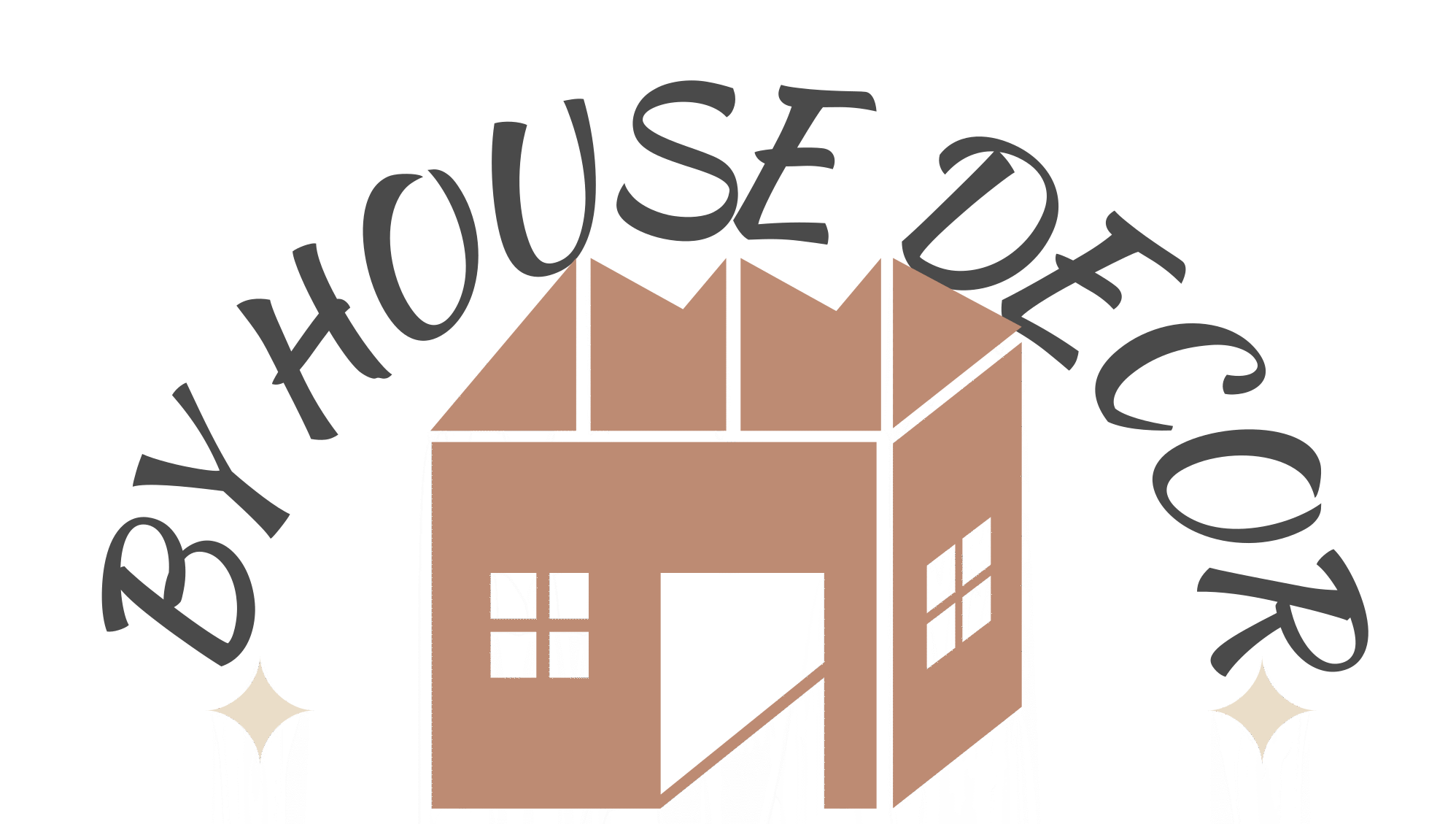
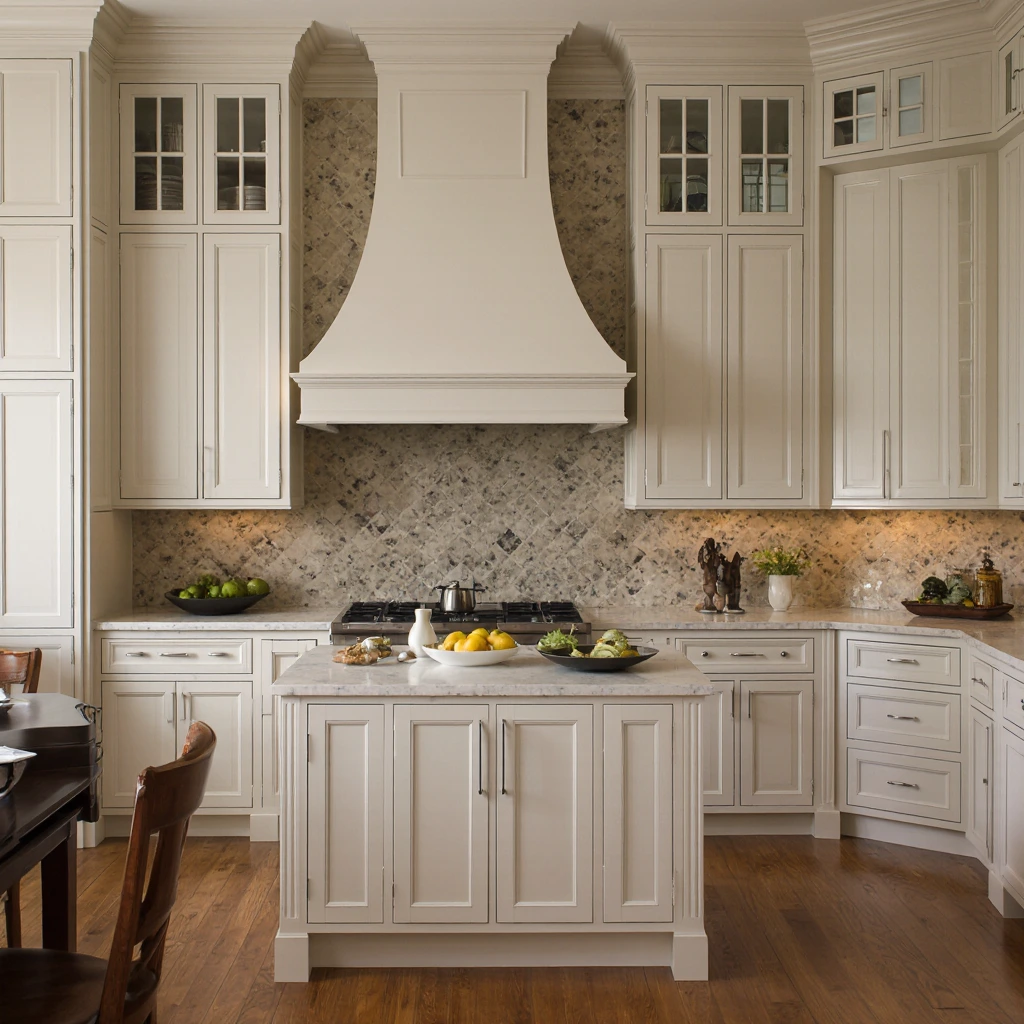
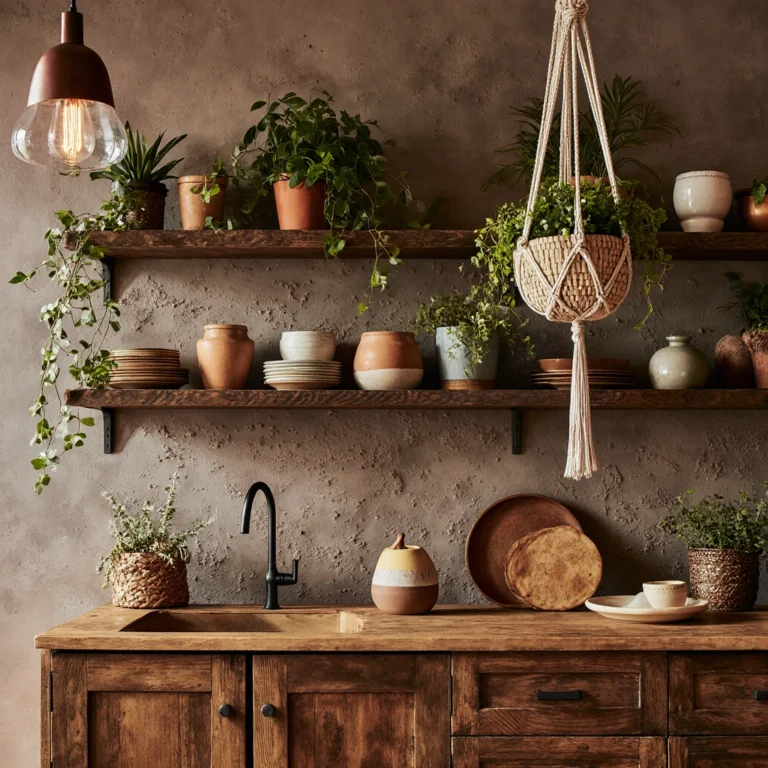
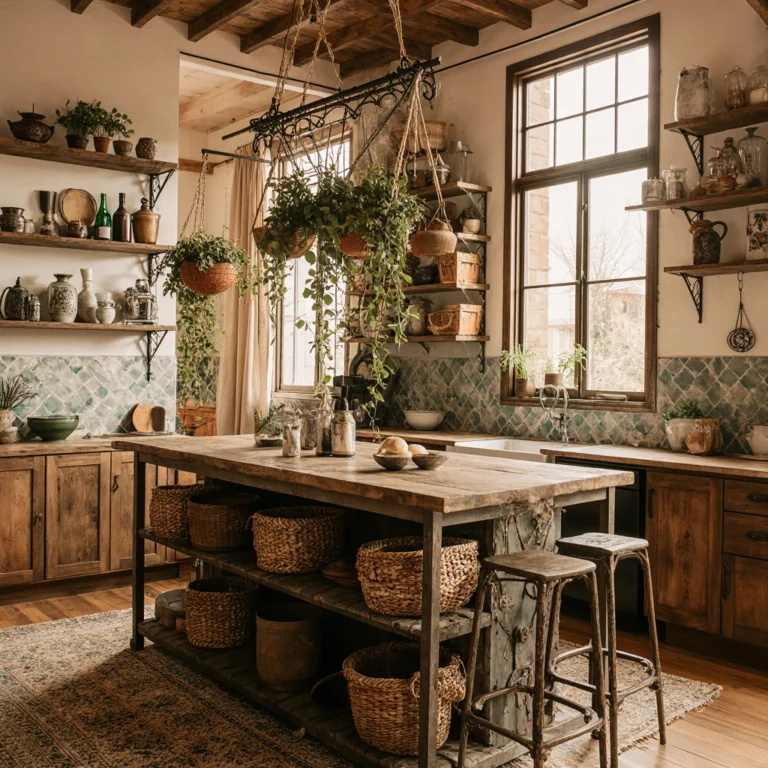
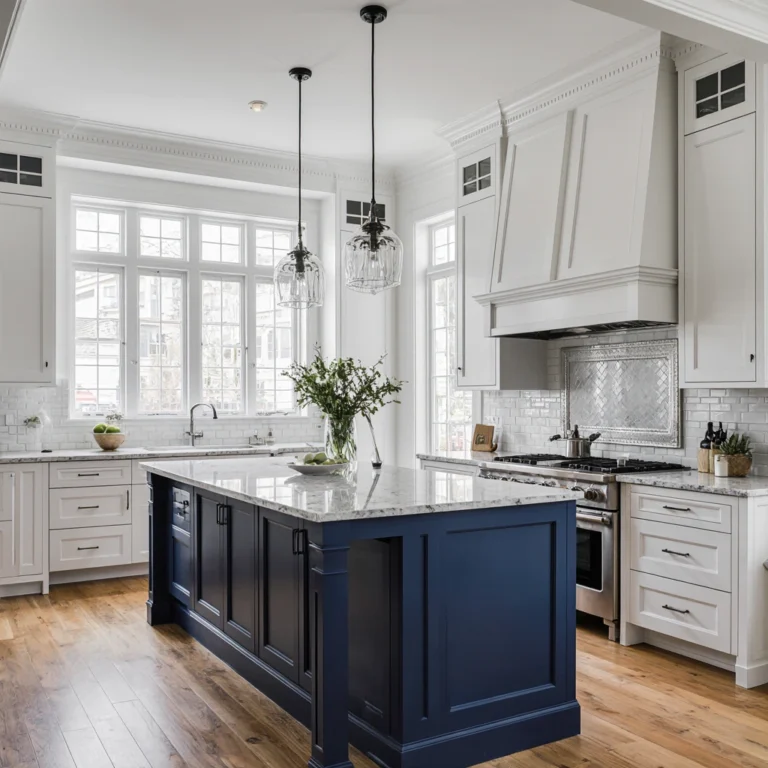
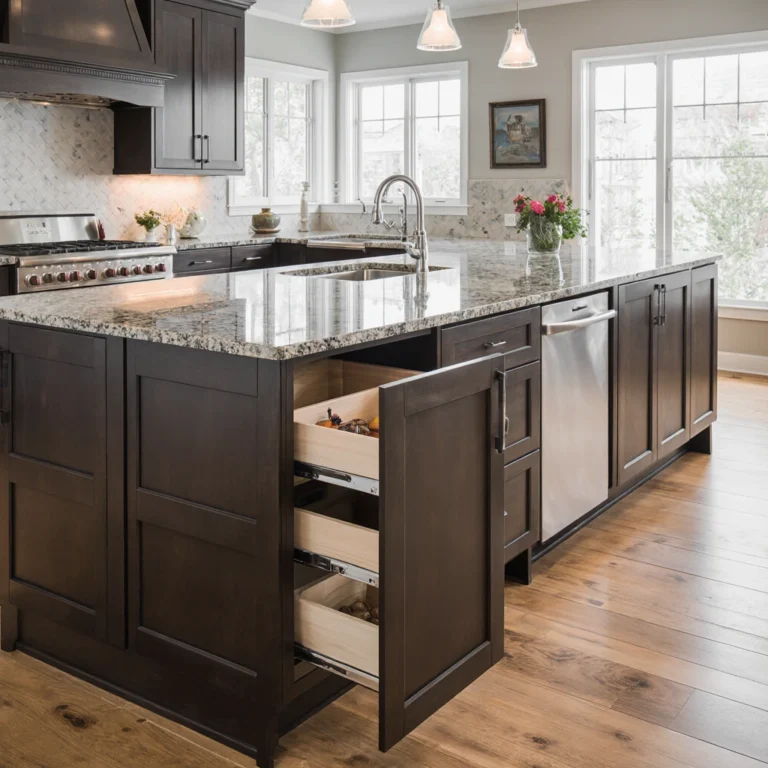
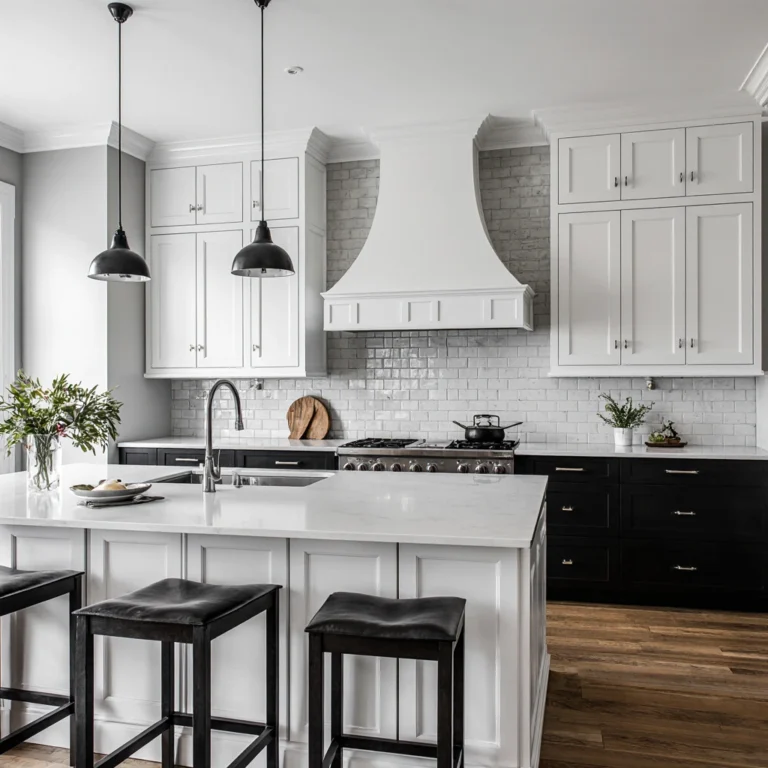
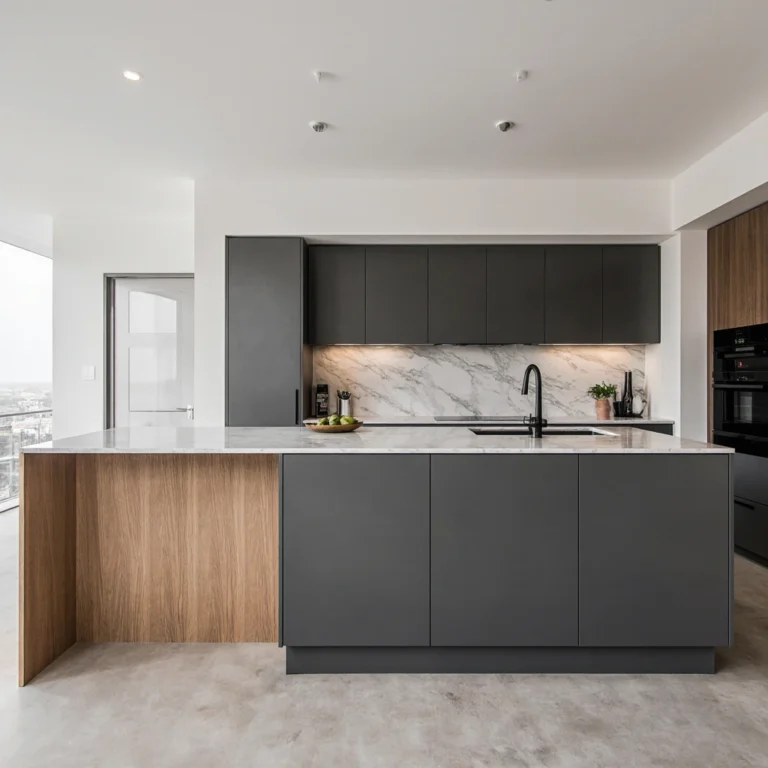
2 Comments
Comments are closed.